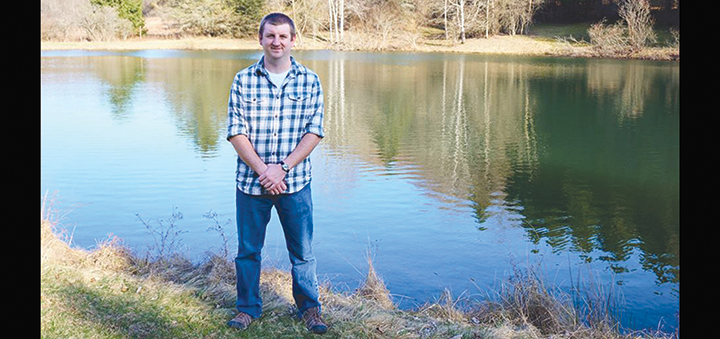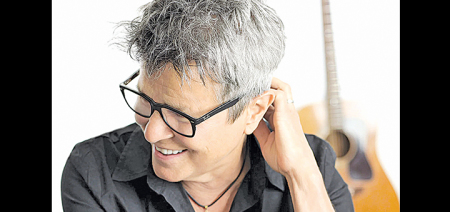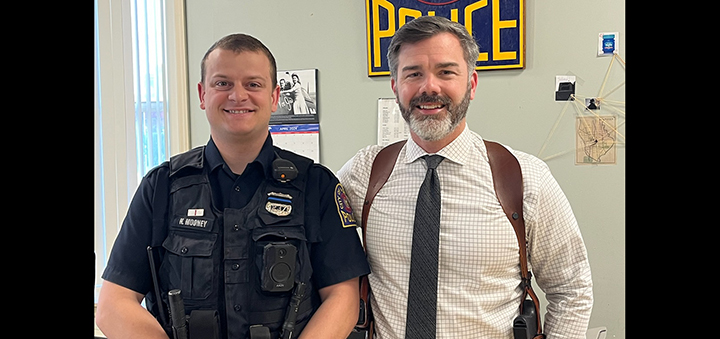Last Chance Efforts
Published:
December 4th, 2019
By:
Eric Davis
 Submitted Photo
Submitted Photo
The upcoming Sunday, December 8, is the final day of the regular firearms season for white-tailed deer here in the Southern Zone. While there is the 8-day long muzzleloader/late archery season that follows this, not everyone partakes in this. So here are some tips for bagging a deer on the last week of the season.
Food becomes important as the rut finishes up and bucks need to feed heavily to build up their fat reserves for winter. Foods high in carbohydrates will attract deer, especially bucks, now that we have snow on the ground. Standing corn will likely be their preferred source as the ears on the plants are above the snow level so they don’t need to dig through the snow to get to it.
Once the snow melts a little bit, picked or combined corn fields are also good options. A lot more corn gets missed and left behind when the field is picked with a combine compared to when it is cut. If you were able to plant a food plot in the late summer with brassicas such as turnips or radishes, expect deer to start using the plot. With cold temperatures overnight, deer will start moving throughout the day as the urge to eat more calories outcompetes their sense of staying hidden. If you don’t have access to agriculture fields or hunt big woods, look for stands of oaks.
Deer will dig through the snow and leaves to find acorns that have been sitting on the ground for a few months and have lost some of their tannins.
If you are unsure about where the deer are hanging out, you can still hunt through the woods as a hunt/scouting mission. Fresh snow will let you see deer tracks that are only a day old or two old and the snow can help hide your footsteps as you sneak along. Still hunting is an effective way to deer hunt but needs to be done correctly.
When still hunting, you are moving super slow and spending a long time looking around before taking another step. Always walk into the wind, that way any deer in front of you won’t get your scent before you get a shot opportunity. A quality pair of binoculars can go a long way when trying to pick up on small signs of a deer such as a tail twitching or an ear moving. Get in tight to thick cover where you suspect deer are bedding and move methodically as you might get a shot at a deer up close as they are getting up from their bed.
One of the traditional ways of hunting deer is by doing drives. In a deer drive, some hunters are positioned as sitters or watchers while other hunters are the drivers and walk through the woods to spook deer into going towards the sitters. Driving deer can very productive, especially in areas with a lot of thick cover where deer can stay hidden from treestand hunters. Safety is always the number one focus when doing drives. Make sure everyone is wearing blaze orange, know where each sitter is going to be located, and where the drivers will be coming from.
Know what direction is a safe shot and what direction isn’t safe. When setting up the drive, make it so the wind is in the sitters’ faces so that the drivers are walking with the wind at their back so deer can wind the drivers but not the sitters. Keeping the drivers spaced out about 60 to 75 yards apart helps reduce the chances of deer doubling back by the drivers. If the drivers move at a slow pace, they can find themselves with possible shots instead of just seeing deer running away.
Take three to five steps, then stop and count to five in your head. Repeat this through the entire drive. Not only does this give drivers potential shots, it also keeps the deer from running full speed and gives the sitters a better shot opportunity.
Author: Eric Davis - More From This Author
Comments





